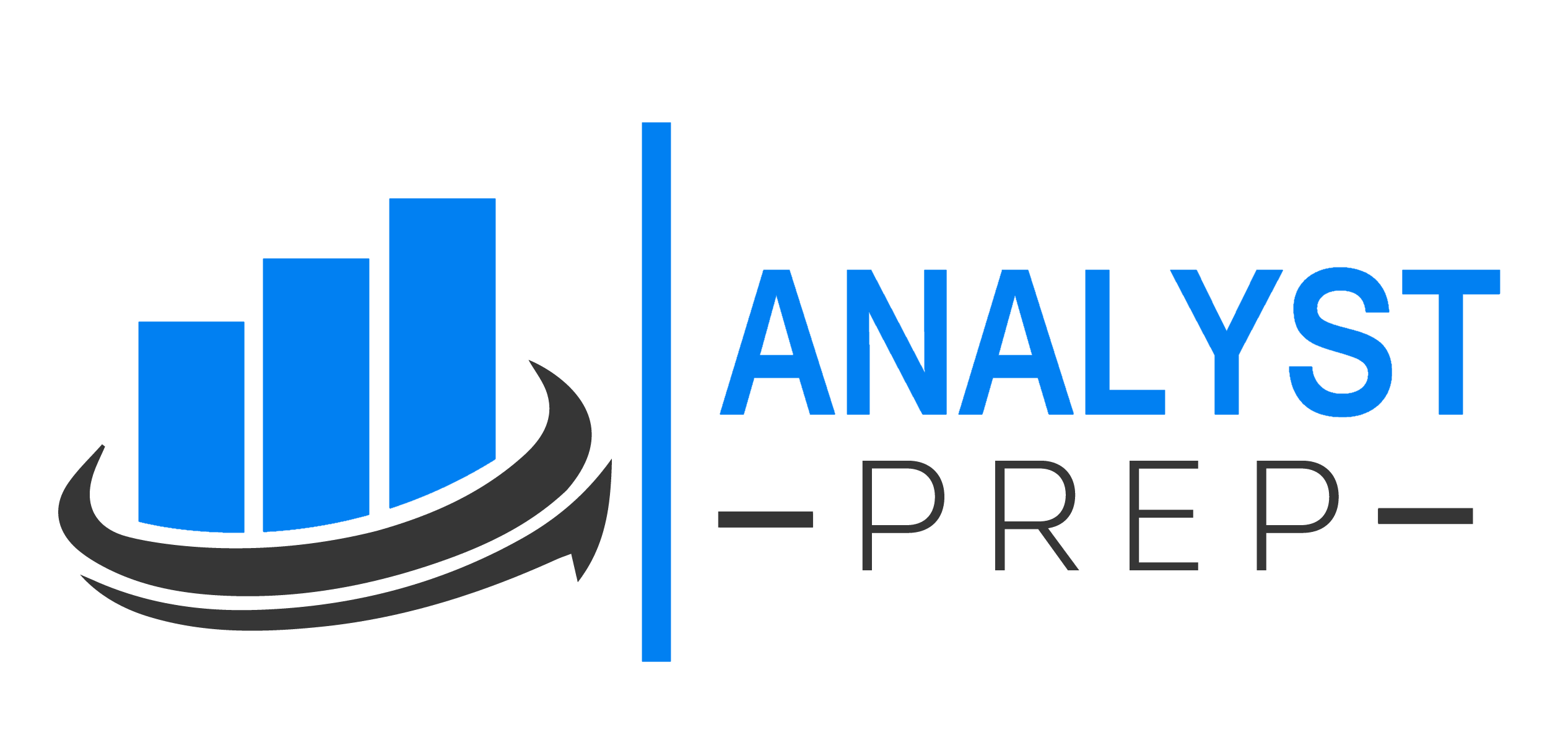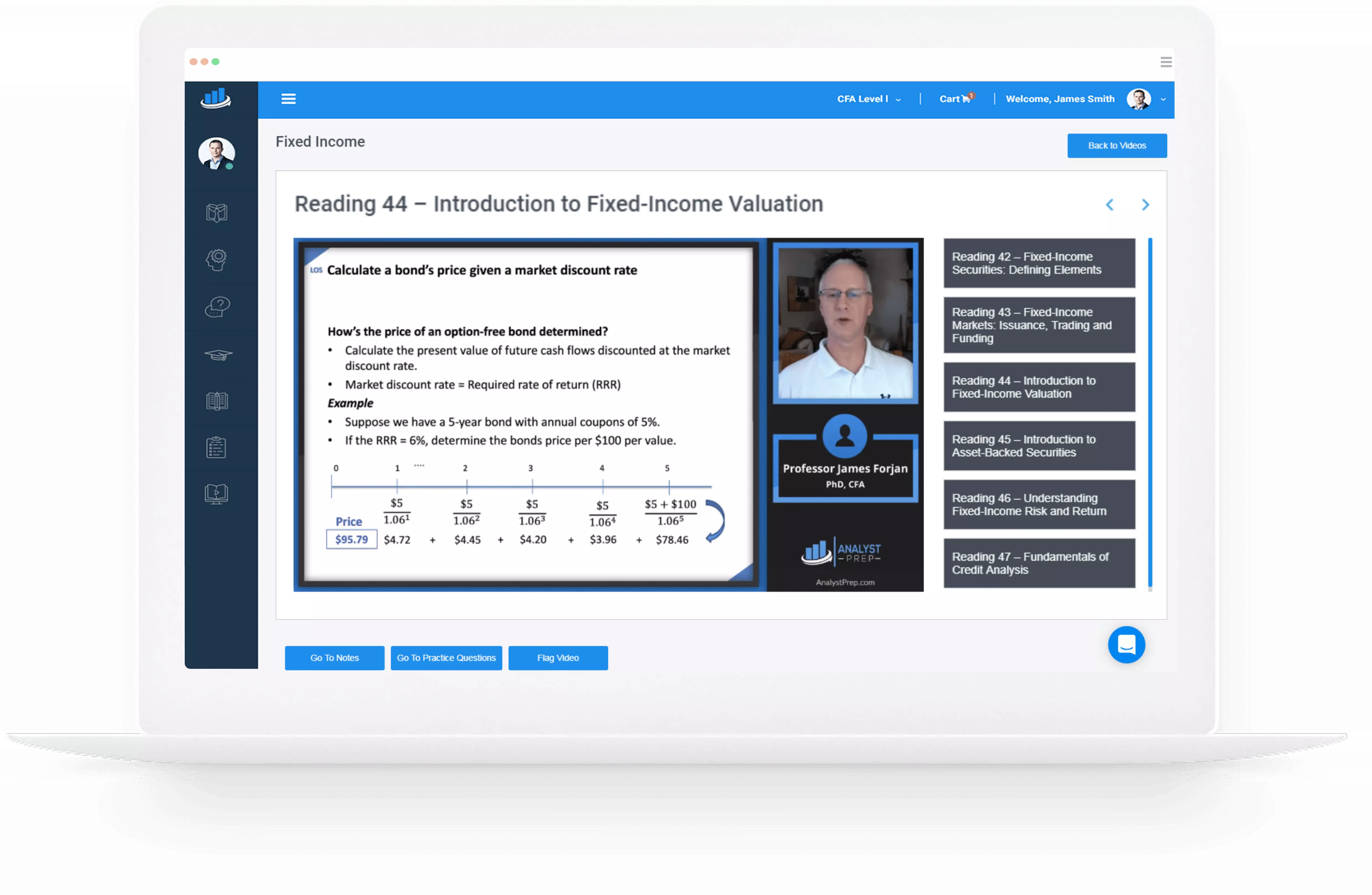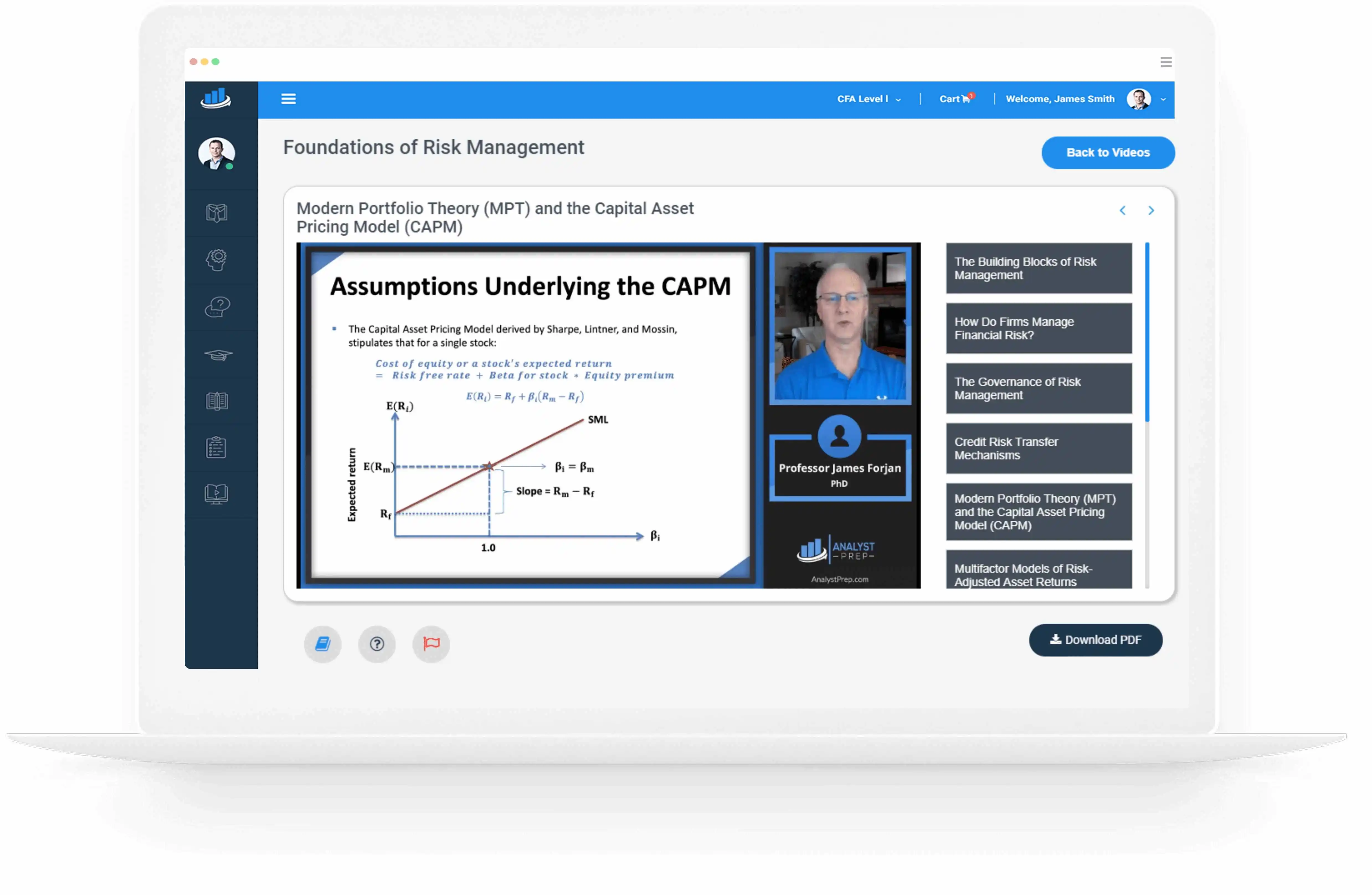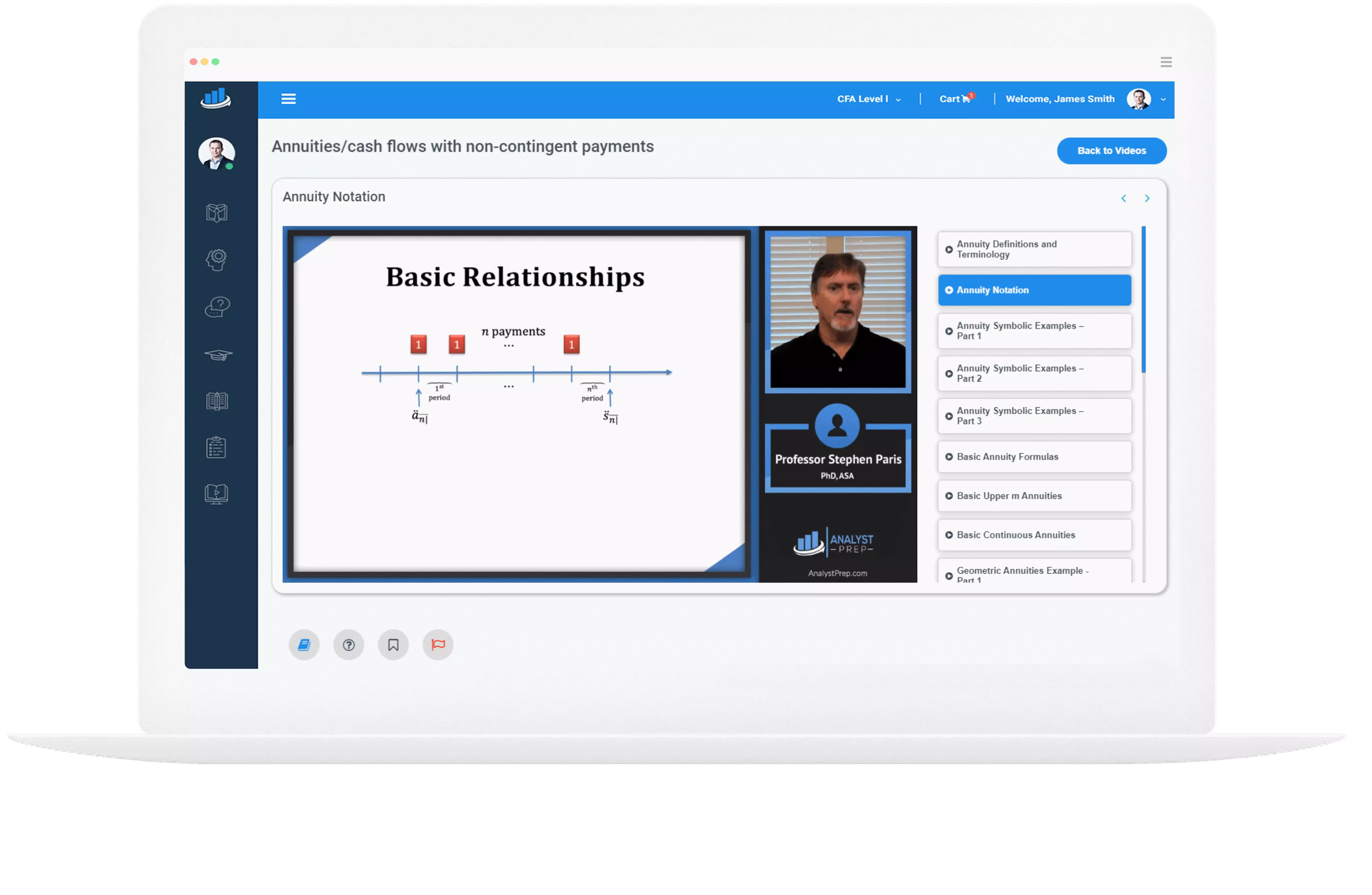Fixed-income Portfolios for Taxable and Tax-exempt Investors
Taxable and Tax-exempt Investors Taxable and tax-exempt investors share a common goal of maximizing risk-adjusted returns. The CFA exam is designed with a global perspective and does not require candidates to possess specific country knowledge. Nevertheless, noting several similarities in…
Leverage in Fixed-income Portfolios
Leverage in investment involves borrowing funds to be invested, which can amplify the results obtained in a portfolio. When the excess return from borrowed funds exceeds the cost of borrowing, leverage can enhance portfolio performance. However, in the case of…
Models for Fixed Income Returns
Accurately modeling fixed income return involves carefully considering all potential factors contributing to gains and losses when holding the security. The model can produce precise output by thoroughly examining each component and applying sound financial concepts. Though the process may…
Bond Market Liquidity
Liquidity in the financial markets refers to the ease of converting an asset into cash through a sale and the relative ease of buying assets. Assets quickly and easily converted at their intrinsic value are considered liquid. On the other…
Fixed Income Portfolio Measures of Risk, Return and Correlation
Macaulay duration represents the weighted average time to receive a bond's promised payments. It serves as both a sensitivity and time measurement. Modified duration is derived from the Macaulay duration statistic divided by one plus the yield per period. This…
Role of Fixed Income in a Portfolio
Fixed income is also known as debt securities. It is one of the largest financial markets globally, alongside real estate. The fixed-income market has various segments based on credit qualities. It includes types of interest rate agreements: fixed vs. floating….
Equity Investment Across The Passive–Active Spectrum
The choice between managing a portfolio of equities passively or actively involves various minor decisions. The result is not strictly a binary yes-or-no answer. Instead, it can be viewed as a decision that falls along a spectrum. This decision-making…
Shareholder Engagement
Engagement vs. Activism Shareholder engagement involves portfolio managern use a proxy vote to strengthen their influence collectively, allowing absentee shareholders to delegate their votes. The services of external proxy advisory firms' or other shareholders' active participation in a company's affairs….
Earnings Linked to Ownership and Management of an Equity Portfolio
Potential Forms of Income Dividend Income Dividend income arises from companies that generate surplus cash flows beyond their operational needs. Dividends reflect financial responsibility, significantly when firms increase these payments. Dividend income is commonly associated with value stocks and appeals…
Segmentation of Equity Investment Universe
Equity Investment Style Box $$ \begin{array}{c|c|ccc} & & & \textbf{Style} & \\ \hline & & \textbf{Value} & \textbf{Blend} & \textbf{Growth} \\ & \textbf{Large} & \text{Large-cap value} & \text{Large-cap blend} & \text{Large-cap growth} \\ \textbf{Size} & \textbf{Mid} & \text{Mid-cap value} &…




